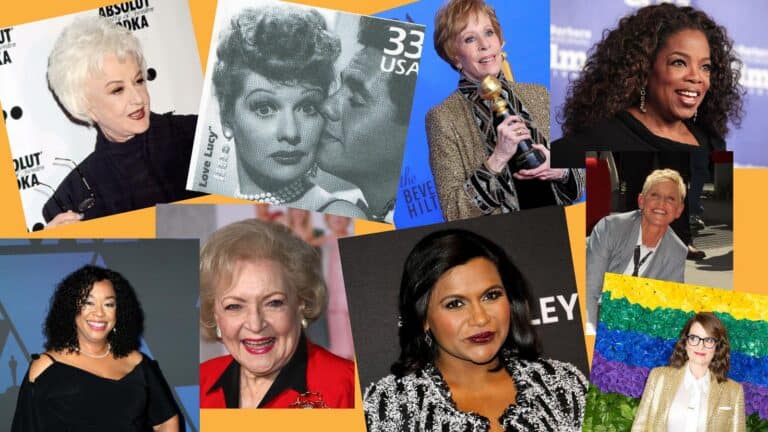Why Billions Are Streaming Animation Like Never Before
With audiences streaming billions of hours each year, animation has become one of the most influential cultural exports on the planet.
Every October 28, International Animation Day honors an art form that is far more than child’s play. Animation is one of the most universal storytelling tools humans have ever created. From flickering hand-drawn experiments in the 19th century to today’s photorealistic CGI, animation has reflected culture, pushed technology, and stretched the limits of imagination. It is a medium without borders, one that has become a global language of movement, emotion, and transformation.
The Birth of Motion on Paper
The earliest forms of animation were experiments in persistence of vision. Devices like the zoetrope (1834) or the phenakistoscope (1832) used spinning images to trick the eye into seeing motion. By the early 20th century, short, animated films such as J. Stuart Blackton’s Humorous Phases of Funny Faces (1906) demonstrated the potential of drawing brought to life.
Then came pioneers like Winsor McCay, whose masterpiece Gertie the Dinosaur (1914) not only amazed audiences with fluid, lifelike motion but also introduced personality into characters. Animation was no longer just a gimmick—it was storytelling.
The Disney Era and Beyond

The 1920s and 1930s saw animation grow into a full-fledged industry. Walt Disney Studios popularized synchronized sound with Steamboat Willie (1928), introducing the world to Mickey Mouse. By 1937, Disney released Snow White and the Seven Dwarfs, the first full-length animated feature, setting a standard for narrative depth, color, and music.
But the story of animation is not only Disney’s. Around the same time, studios in Europe experimented with avant-garde animation, while Japan began cultivating its own unique approach that would later evolve into anime. Each region brought different traditions—some emphasizing surrealism, others myth, others slapstick comedy.
Post-War Global Flourish
After World War II, animation diversified further. The United States produced both feature films and television cartoons, while Japan’s animation industry exploded with Osamu Tezuka’s Astro Boy (1963), the first serialized anime on TV. Anime would soon develop into a cultural export as iconic as sushi or manga.
In Europe, animators like Jiří Trnka in Czechoslovakia mastered stop-motion puppetry, while French experimental filmmakers pushed animation into the realm of art cinema. Eastern Europe became a hub for politically charged animation, where allegory and metaphor slipped past censors.
The Technological Revolution
The late 20th century ushered in computer animation. Pixar’s Toy Story (1995), the first fully CGI feature film, revolutionized not only visuals but also the industry’s business model. Pixar’s success proved animation could combine cutting-edge technology with emotional storytelling to captivate global audiences.
Meanwhile, stop-motion experienced a revival with studios like Aardman Animations (Wallace & Gromit) and Laika (Coraline). These productions celebrated the tactile charm of handmade art in a digital world.
Animation as a Cultural Mirror
Across the globe, animation reflects cultural values.
- Japan’s anime often explores themes of resilience, spirituality, and identity, drawing on Shinto and Buddhist influences.
- French animation embraces artistic experimentation, as seen in The Triplets of Belleville (2003) or Persepolis (2007).
- African studios are now emerging with vibrant stories rooted in folklore, expanding representation in global animation.
This diversity shows animation is not a monolith but a kaleidoscope of voices and styles.
The Streaming Age and Democratization
Today, streaming platforms have given animation unprecedented reach. Anime thrives on services like Netflix and Crunchyroll, while independent animators share shorts on YouTube and TikTok.Animation software, once prohibitively expensive, is now accessible to hobbyists worldwide. The result is a democratization of animation, where anyone with talent and persistence can find an audience.
Why Animation Endures

Unlike live action, animation is not bound by the limits of physics. A mouse can talk, toys can come alive, and entire universes can spring from a pencil stroke. More importantly, animation reaches across ages and borders. Children and adults alike find meaning in its stories.
International Animation Day is a reminder that behind every frame is the labor of countless artists, technicians, and dreamers. Their work has shaped not only the history of film but also the way humanity tells stories about itself.
The Takeaway
From cave-like flipbooks to virtual reality, animation’s journey is a testament to human creativity. It is playful, profound, political, and deeply human. As we celebrate International Animation Day, we honor not just the big studios but the global community of artists who continue to redefine what it means to bring drawings, puppets, and pixels to life.







